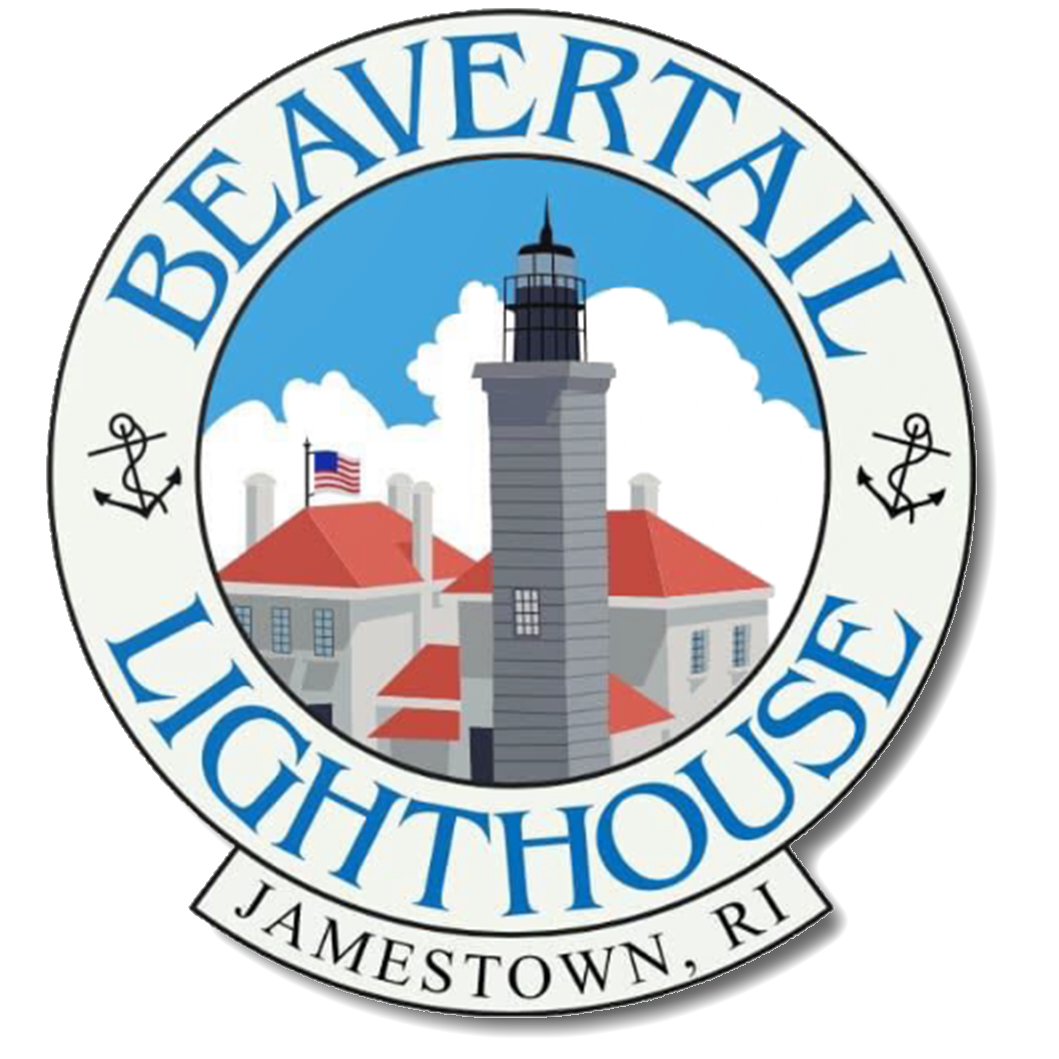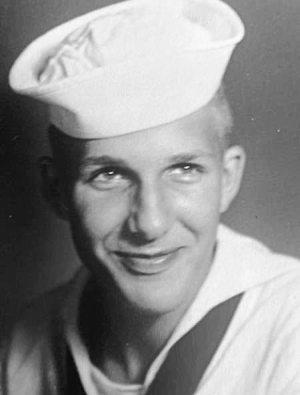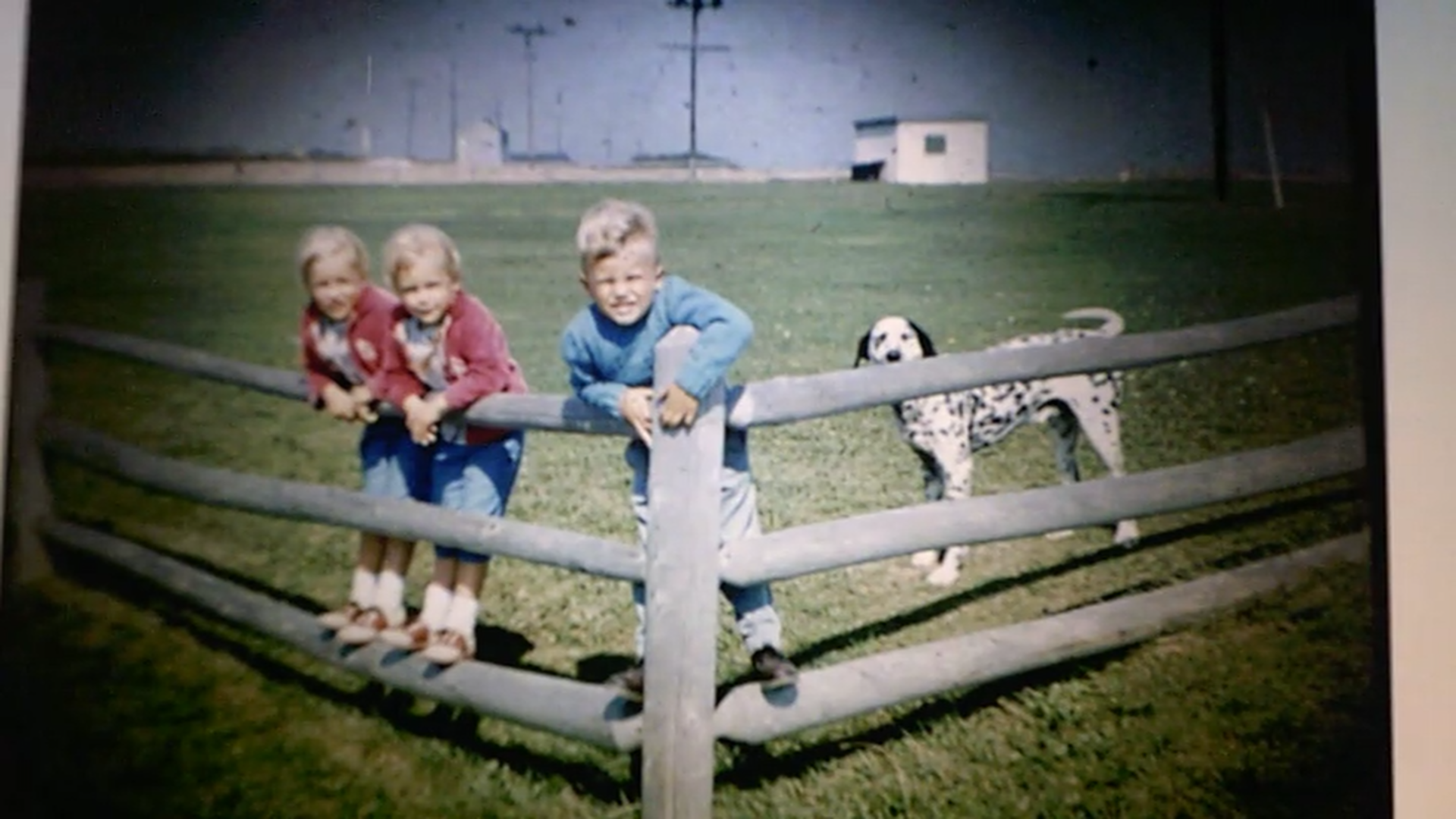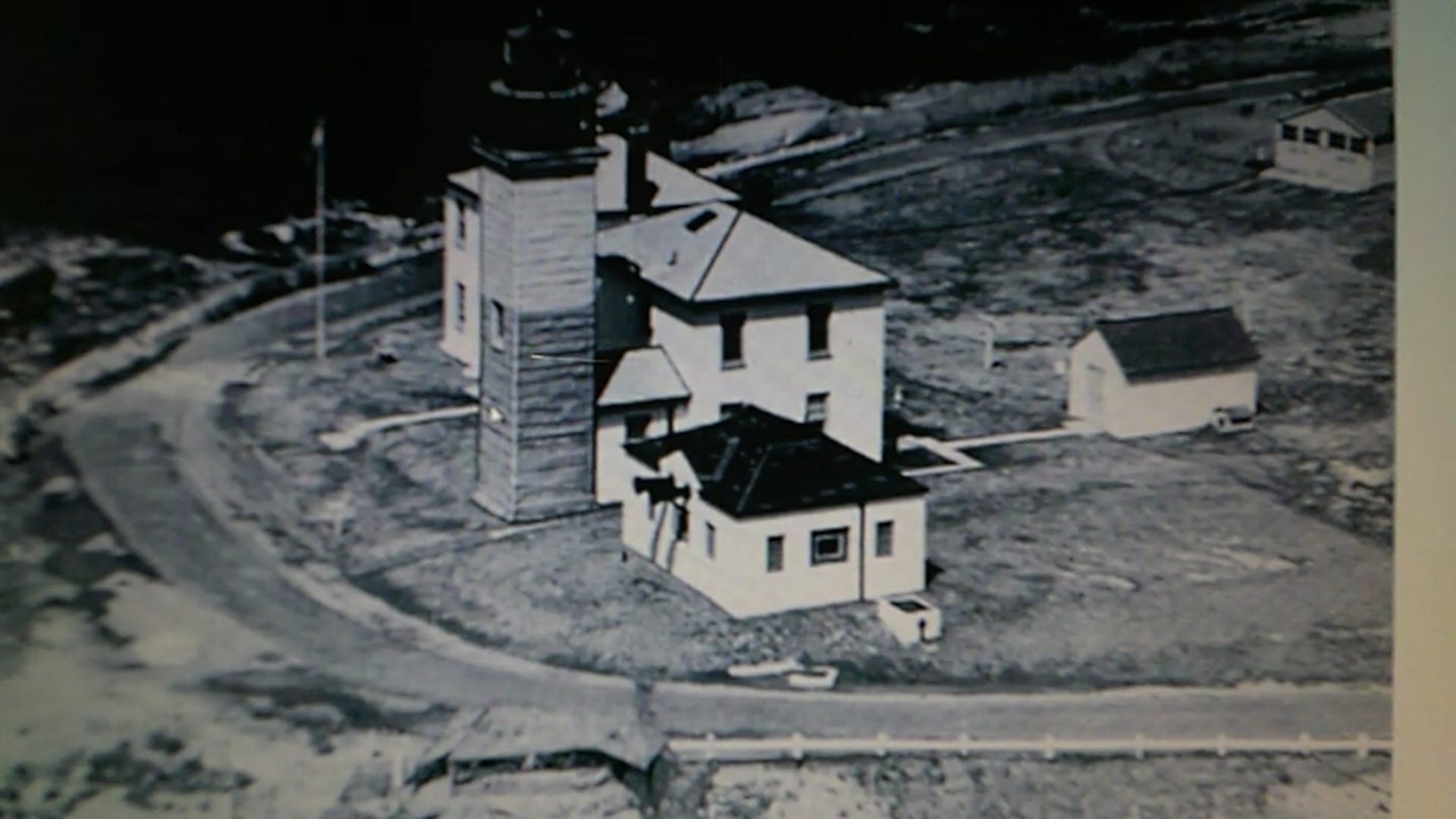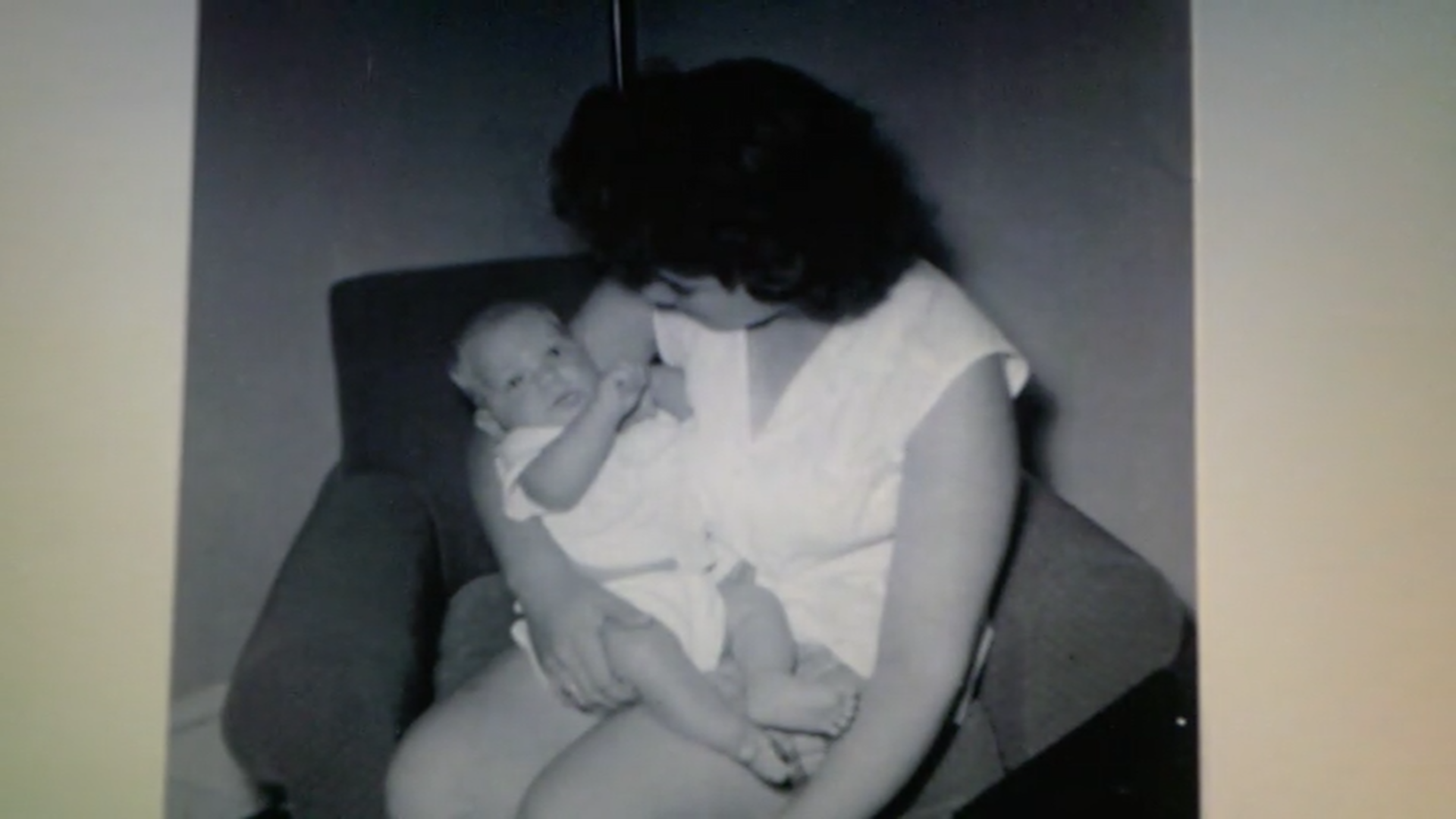Keeper Ron Bugenske
When Ron, or “Bugsy” as he was known to his friends, and Mary Bugenske moved into the Assistant Keeper’s quarters at Beavertail Lighthouse in the early 1960s, they brought with them their twin 5-year-old daughters Tammy & Terry, their 3-year-old son Jack, a cat named Snooky and a flatulent Dalmatian named Spot. Born on May 15, 1936, in Saginaw, Michigan, Ron joined the Coast Guard while still a teenager. Not long after, 19-year-old Mary Turner had noticed the tall, blonde, and handsome Coast Guardsman from her bedroom window in Pine Point, Maine. He was living with her next-door neighbors. Little did Mary know then that she would soon meet the handsome stranger and he would be the love of her life. Ron and Mary married in April 1957. BLMA Director Linda Warner, who met the Bugenskes when they first moved to Jamestown, recalls that Beavertail was always a hopping place between the Bugenske family’s three young children and Head Keeper Dominic M. Turillo’s 11 children. Linda chuckles when she recalls that Spot the Dalmatian would slink away guiltily when one of the children would call out, “Pee-Yew!” It was a merry time at Beavertail, indeed! Filled with laughter, play, and many great memories.
Linda would often head up to Beavertail Lighthouse with a large bottle of Pepsi and a big bag of Fritos for an evening chat with Mary while the children snacked and Ron and Dominic had target practice on the “back 40” between shifts of tending the light. Sometimes on her visits, Linda would leave her baby asleep in the car in the early evening on the road in front of the lighthouse with a cool breeze blowing in while she and Mary chatted nearby. Often, the baby was so deep in sleep that not even the blaring of the foghorn could rouse the child from her slumber.
Linda recalls a couple of rough storms during the Bugenske’s tenure at Beavertail, where some big rollers threatened to come up the cliffs towards the Lighthouse, but, luckily, the Bugenske’s never experienced anything like hurricane Carol which roared through Jamestown in 1954 during the Turillo’s time at Beavertail. Dom Turillo stayed in the Keeper’s House to man the Lighthouse during Carol, but helped the children to escape through a window to the Assistant Keeper’s house, as a precaution, when a chimney fell in the main house. The Turillos survived the storm without injury. Following his Beavertail deployment, Ron was stationed on the USCG cutter Point Cypress in Newport, while Mary remained in Jamestown with the children. Ron retired from the Coast Guard in 1973.
After the Coast Guard, Ron followed in the footsteps of his father, Joseph Edward Bugenske, working with the local Police Department. Joseph had risen from a foot Patrolman with the Saginaw Police Department to become its Chief of Police. Ron spent five years with the Scarborough, Maine, Police Department, working as a Youth Aid Officer and Hunter Safety Instructor. According to the 1920 Federal Census, Ron’s grandfather, John Bugenske, the son of Polish immigrants, was also a Police Officer in Saginaw.
Mary and Ron spent 58 loving years together, and Linda remained friends with the Bugenskes even after their move back to Pine Point, Maine. Linda and her husband visited Ron and Mary there. After Mary died in 2015, Ron visited Linda and BLMA Director Varoujan Karentz at Beavertail Lighthouse, where Ron shared some of his most precious memories. Of course, the Lighthouse was automated by this time, and there was no longer a Keeper.
Ron Bugenske passed away on December 13, 2021, at age 85. Like the other men and women who have served as Keepers at Beavertail Lighthouse, Ron’s legacy lives on through the efforts of the BLMA, helping to discover and preserve these wonderful bits of history.
Special thanks to BLMA Director Linda Warner for sharing her memories of Ron and his family. CV
This article originally appeared in the Lighthouse Log, Summer 2023, Cheryl Vislay, editor
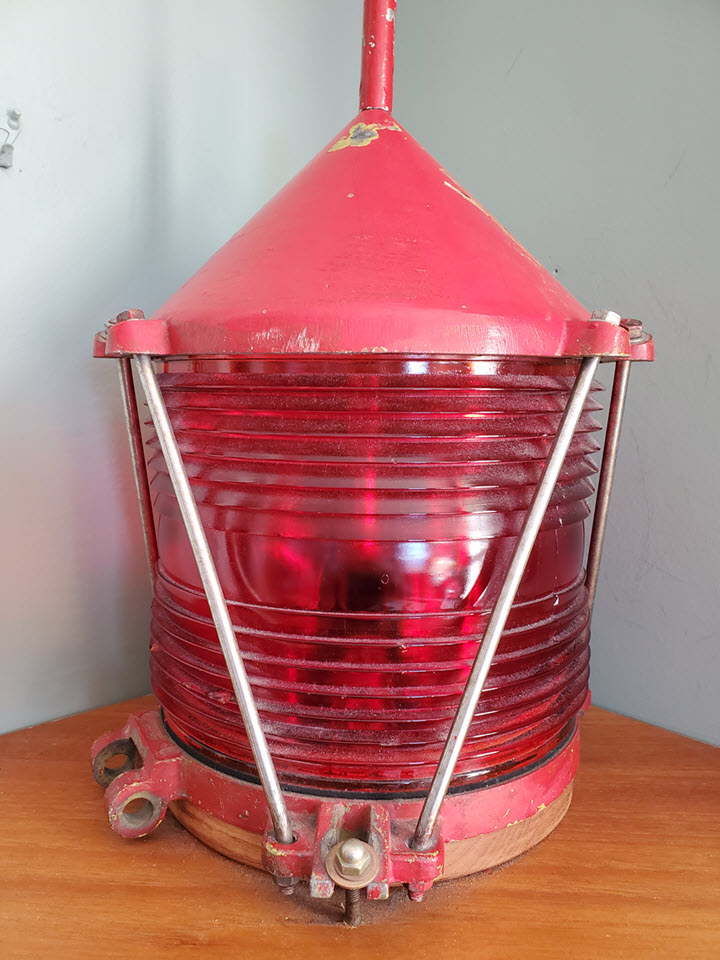
Ron donated this navigation light to the museum.
